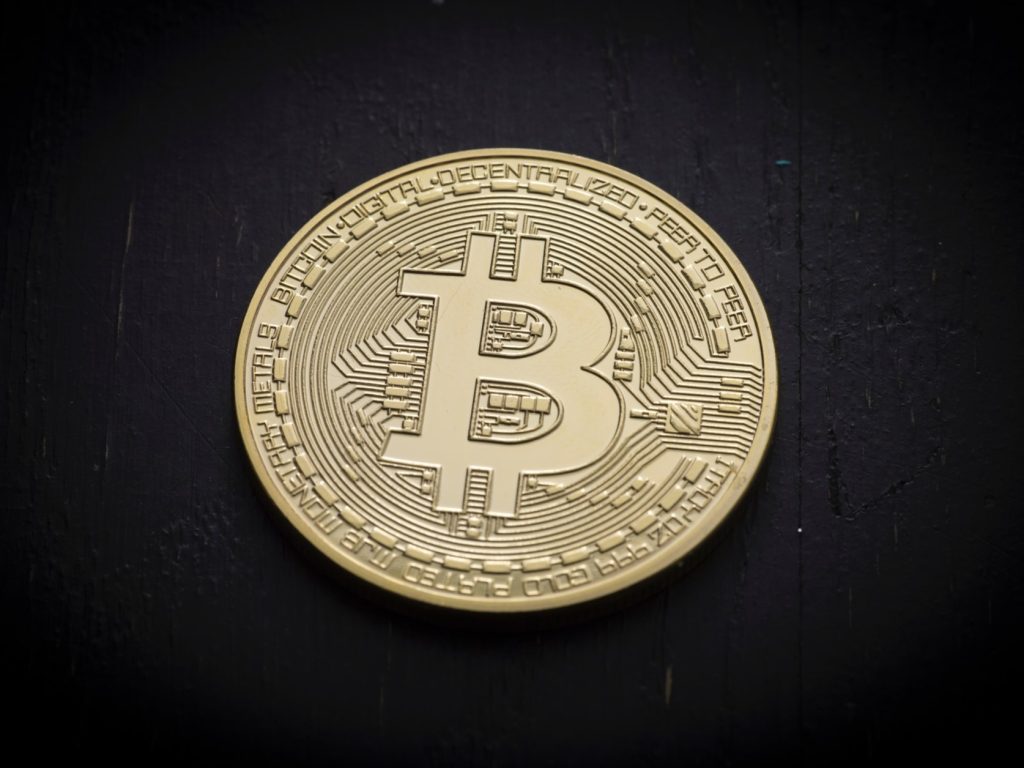Author: Jeffrey Stewart
Regulation By Crypto Activity
Regulation in the crypto space, as in traditional finance, is migrating towards an “activity-based”
approach and away from entity-based oversight under the rubric of “same activity, same risk, same regulation.” 66 The FSB and others identify key risks in the crypto space by the activity being undertaken. As with all things crypto, categorization can be elusive – and not exclusive – but key activities include:
● Token issuance: As per the IMF, there are, “several ways to create and issue crypto assets, the three most popular being pre-mining, continuous mining, and a hybrid approach. Crypto assets are usually distributed in five main ways: pre-token sale, initial coin offering or token sale, mining, airdrops, and forks.” 67 Each of these approaches entails different types of risk.
The two most common of these approaches to issuance are continuous mining on
algorithmically controlled ledgers, as with Bitcoin; and pre-mining on ledgers controlled by private entities, as in the case of Ripple (XPR). The continuous mining case is difficult to regulate as no issuing entity exists to be overseen in a traditional sense. New token issuance becomes concentrated in mining pools and big stakes players (aka “whales”) 68 with the power to manipulate market volume and time transactions. On the other hand, pre-mined tokens do have identifiable issuers who exchange the tokens for fiat money and have accordingly been subject to regulatory scrutiny – and to charges that the issued tokens are unregulated securities. 69
To the degree that pre-mined tokens are analogous to securities offerings, regulators are
pushing for similar customer protections measures, including the publication of “white papers” clearly laying out issuance, backing and redemption protocols, notification, licensing, and registration requirements, adherence to fair marketing practices, environmental impact assessments, and more. 70
● Wallet providers: Perhaps unintuitively, cryptocurrencies and assets are not actually held as virtual tokens in a wallet or account. Instead, private keys are housed in the wallet as “codes that are stored and accessed electronically.” 71 The private key is used to unlock and reassign a public key associated with blockchain data. These data usually include value and sometimes other information (e.g. smart contracts). So control of the private key is of critical importance, and its loss is often catastrophic. 72 Private keys may be self-custodied, which places a burden on the user to safely store and use the information. Alternatively, keys may be “custodied” by a service provider as a hosted wallet. This arrangement has many benefits but also entails reliance on a centralized structure that may suffer operational failure, hacks and misuse of funds. 73
Hosted wallet providers, often housed at crypto exchanges, are also a primary conduit for establishing identity and authenticating transactions before they morph into pseudonymous tokens. As such, they have been a priority for extending KYC requirements from the trad-fi space into crypto. 74
● Exchanges: Online marketplaces for buying crypto either with other crypto or fiat money
represent a key risk activity in the crypto space, reflecting the operational importance of the exchange function as well as the due diligence to make sure trades are executed as instructed. Accordingly, this role has faced particular scrutiny in calls for activity-based crypto regulation. 75 Exchanges may be either centralized in an entity (CEX) or decentralized (DEX) across multiple nodes. “Many of the largest and most popular crypto asset exchanges are centralized intermediaries that in practice negate the aim of decentralization and disintermediation”, and face “similar issues to those of securities exchanges.” 76
Beyond the problem of centralization, much of the risk in crypto trading results from the concentration of functions within the exchange. These functions may include: wallet provision and key custody, which may be subject to commingling, 77 hacking, 78 or loss of
access to tokens; 79 staking facilities, where users make some of their crypto tokens or balances available as liquidity for automated market making (AMM) functions; as well as
KYC and reporting functions.
Additionally, centralized exchange operators may engage in a broad array of functions that tend to be segregated in TradFi, including: brokering, order management, and traditional market making functions; provision of liquidity; lending, investing or speculative leveraging, and conflict- of-interest proprietary trading.
● Traditional financial institutions: Banks and other TradFi players have been watching
the crypto space closely and veering between disdain and enthusiasm for its potential and that of its underlying technology. 80 As a speculative asset, they may hold crypto on their balance sheets or provide access for retail and institutional clients. 81 They also may engage in investment banking ventures to support emerging players in the crypto space. 82 Because banks are tightly regulated in most jurisdictions through prudential oversight of their balance sheets, and these regulations generally conform to international principles and best practices, treatment of crypto assets has been at the forefront of efforts to control solvency and systemic risk. 83
Banks have also been active in the wholesale space where they have developed stablecoins or used crypto vehicles to effect faster settlement, particularly in the cross-border space. 84 Similarly, they have also been at the forefront of exploring the possibilities of DLT and its various permutations (e.g. public/private, permissioned/less etc.) to implement smart contracts, tokenized assets and liabilities, and atomic settlement. 85
● Miners and validators: Proof-of-work (PoW) and proof-of-stake (PoS) consensus protocols incentivize entities to do the work of validating blocks through fees and newly issued tokens. The decentralized nature of submitting and propagating transactions across the network creates many potential valid blocks vying for consensus at a given time. Miners and validators are thus in a position to see potentially market-swaying transactions and engage in insider trading and market manipulation accordingly. 86 This insider trading advantage results in “miner extractable value” (MEV). 87
The nature of the consensus mechanism itself is also increasingly in the sights of rule makers, particularly as regards its ecological impact. 88 Specifically, the massive carbon footprint of proof-of-work (PoW) protocols 89 is worsened by the enormous amount of electronic waste generated by continuously obsolete mining processors and equipment. 90 Less energy-intensive proof-of-stake (PoS) protocols drastically reduce the energy footprint but trade off against “excessive concentration of decision-making powers on crypto exchanges and wallet services providers, which may increase market integrity risks.” 91
References
66 E.g. FSB: Financial Stability Implications from FinTech: Supervisory and Regulatory Issues that Merit Authorities’ Attention. June 2017
67 IMF: Regulating the Crypto Ecosystem: The Case of Unbacked Crypto Assets. Sept 2022. p.16
68 BIS: Crypto shocks and retail losses. BIS Bulletin no. 59. Feb 2023
69 E.g. US Securities and Exchange Commission (SEC): SEC Charges Ripple and Two Executives with Conducting $1.3 Billion Unregistered Securities Offering (Dec. 2020)
70 E.g. IMF: Regulating the Crypto Ecosystem: The Case of Unbacked Crypto Assets. Sept 2022
71 IMF: Regulating Crypto. Sept 2022
72 BBC News: Bitcoin: Missing hard drive could fund Newport crypto hub – BBC News. Aug 2022
73 FSB: Regulation, Supervision and Oversight of Crypto-Asset Activities and Markets: Consultative document. Oct 2022
74 E.g. IOSCO: Issues, Risks and Regulatory Considerations Relating to Crypto-Asset Trading Platforms. Feb 2020
75 IMF: Regulating Crypto. Sept 2022
76 IMF:Regulating the Crypto Ecosystem: The Case of Unbacked Crypto Assets. Sept 2022. p.18
78 Investopedia: The Largest Cryptocurrency Hacks So Far. Nov 2022
79 E.g. Vanity Fair: Ponzi Schemes, Private Yachts, and a Missing $250 Million in Crypto: The Strange Tale of Quadriga. Nov 2019
80 E.g. Fortune.com: JPMorgan CEO Jamie Dimon says that Bitcoin is a ‘hyped-up fraud’ and cryptocurrencies are a ‘waste of time’—but the blockchain is a ‘deployable’ technology | Fortune. Jan 2023
81 BNY Mellon: BNY Mellon Launches New Digital Asset Custody Platform. Oct 2022
82 Investmentmonitor.ai: ‘Crypto winter’ won’t stop institutional banking sector from investing in digital asset business. Jan 2023
83 Basel Committee for Bank Supervision (BCBS): Second consultation on the prudential treatment of crypto asset exposures June 2022
84 E.g. JP Morgan: Coin Systems | Onyx by J.P.Morgan. Accessed Jan 2023
85 E.g. Thomson Reuters: Banks explore tokenizing liabilities with eye toward gains in instant settlement & risk management – Thomson Reuters Institute. May 2022
86 BIS: Crypto shocks and retail losses. BIS Bulletin no. 59. Feb 2023
87 BIS: Miners as intermediaries: extractable value and market manipulation in crypto and DeFi. June 2022
88 European Parliament: Markets in crypto-assets (MiCA) | Think Tank | European Parliament Nov 2022
89 E.g. US Whitehouse: FACT SHEET: Climate and Energy Implications of Crypto-Assets in the United
States – OSTP – The White House. Sept 2022
90 E.g. Business Insider India: Bitcoin mining generates 30.7 kilotons e-waste annually – enough to cover Luxembourg’s e-waste five times. May 2022
91 IMF:Regulating the Crypto Ecosystem: The Case of Unbacked Crypto Assets. Sept 2022. p.25






